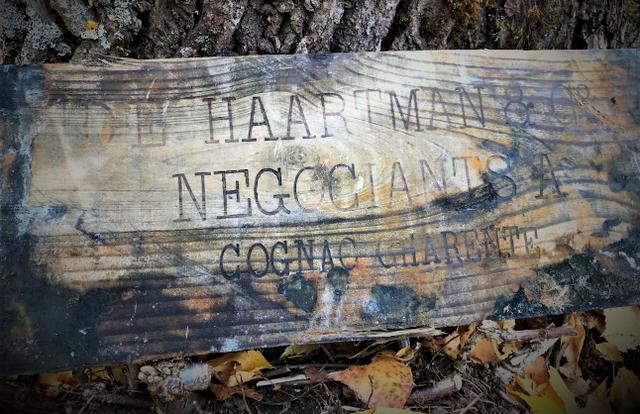

Posted on 11/07/2019 3:55:53 AM PST by csvset
On May 19th, 1917, at the height of World War One, Swedish steamer S/S Kyros set its course to Petrograd (today known as St Petersburg).
It was delivering 50 cases of cognac and 15 cases of liqueur from France to Russia through neutral Swedish territory.
But just off Åland island in the Baltic Sea, it was stopped and checked by German submarine UC-58, whose captain decided to sink the steamer because the alcohol was considered an illegal contraband product.
The crew were transferred to another ship and were able to return home to Sweden safely – but the cognac and liqueur was left at the bottom of the sea.
Until last month, that is.
After years of preparation, Swedish salvage hunters Ocean X Team and Icelandic iXplorer teamed up with international vessel Deepsea Worker to retrieve the bottles.
"The importance of this event cannot be overemphasized – it's not only a find of rare cognac and liqueur but also a part of history of the former imperial Russia," said the Ocean X Team in a statement.
The wreck was discovered in 1999, but has been damaged by fishing trawls and it was long too dangerous for divers to access it.
But using Deepsea Worker's special underwater robots, the teams managed to salvage the cargo of around 600 bottles of De Haartman & Co cognac and 300 bottles of Benedictine liqueur.
The cognac is no longer in production and Benedictine, created more than 500 years ago by French monks, is today owned by Bacardi.
"[We] are excited to hear about the find and are eager to learn if the product has been preserved for the duration of the stay under water," said Petra Caspolin, Nordic marketing manager at Bacardi, in a statement.
Peter Lindberg, one of the divers involved in the treasure hunt, told The Local that they did not yet know what would happen to the bottles, how much they could be worth or when and how they could be sold.
A couple of them have been sent to Sweden and Moscow for analysis.


Score!
The bottles have been at the bottom of the sea for a century with the contents diffusing slowly out through the cork and the ocean salt water slowly diffusing in through the cork. Even though the diffusion process is slow it’s been going on for 100 years. I suspect that the contents will be more sea water than anything else.
I volunteer as a tester.
Apparently the bottles had wax seals so it is possible that some are still good. Also, check out this article about storing wine at the bottom of the sea.
https://www.rt.com/russia/472632-cognac-russian-tsar-recovered/
Port Royal Jamaica sunk in 1692. Some sealed bottles of wine/rum (I forget which) were recovered about 30 years ago. All of them contained sea water with no trace of the original contents remaining. That was much longer than the 100 years here, but I suspect that there will be significant see water infusion over the course of 100 years no matter how they’re sealed.
The depth at which they were recovered might have something to do with it. I think the pressure underwater doubles every 33 feet?

Be careful, might be quaffing a liberal amount of seawater.
Thanks csvset.
.
Captain Haddock would approve. Hic!
The lettering looks really contemporary. Did they have this kind of a clean font in 1917?
What sort of submariner sinks a load of booze?
Disclaimer: Opinions posted on Free Republic are those of the individual posters and do not necessarily represent the opinion of Free Republic or its management. All materials posted herein are protected by copyright law and the exemption for fair use of copyrighted works.